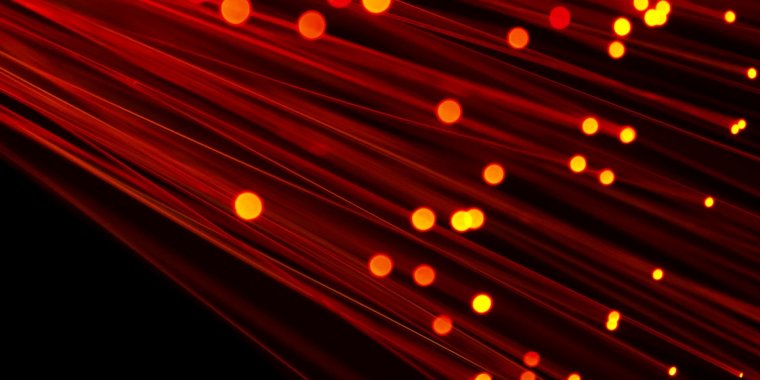| News / Science News |
Lights could be the future of the internet and data transmission
LED-based communication links are expected to be used in services and scenarios including Light-fidelity (Li-Fi), underwater communications, moderate- to high-speed photonic connections and various ‘Internet of Things’ (IoT) devices.

Lights could be the future of the internet and data transmission. Photo: Compare Fibre/Unsplash
A study led by the Universities of Surrey and Cambridge has investigated how to release high-speed photonic sources using materials known as metal-halide perovskites. These semiconductors are studied with LEDs for their excellent optoelectronic properties and low-cost processing methods.
“In our study, we have shown how metal-halide perovskites could provide a cost-efficient and powerful solution to make LEDs which have enormous potential to increase their bandwidths into the gigahertz levels.
“Our investigations will accelerate the development of high-speed perovskite photodetectors and continuous wave-pumped perovskite lasers, opening up new avenues for advancements in optoelectronic technologies.”
“We provided the first study to clarify the mechanisms behind achieving high-speed perovskite LEDs, representing a significant step toward the realisation of perovskite light sources for next-generation data communications,” said co-first author Hao Wang, a PhD candidate in Cambridge’s Department of Engineering.
“The ability to achieve solution-processed perovskite emitters on silicon substrates also paves the way for their integration with micro-electronics platforms, presenting new opportunities for seamless integration and advancement in the field of data communications.”
YOU MAY ALSO LIKE





